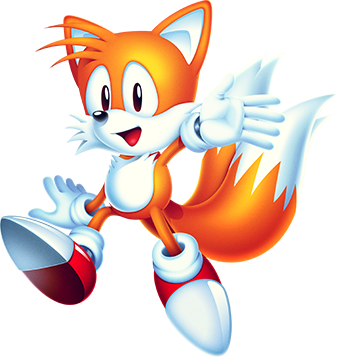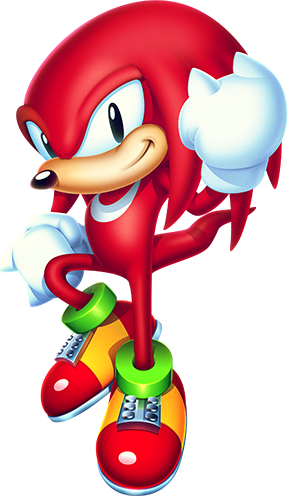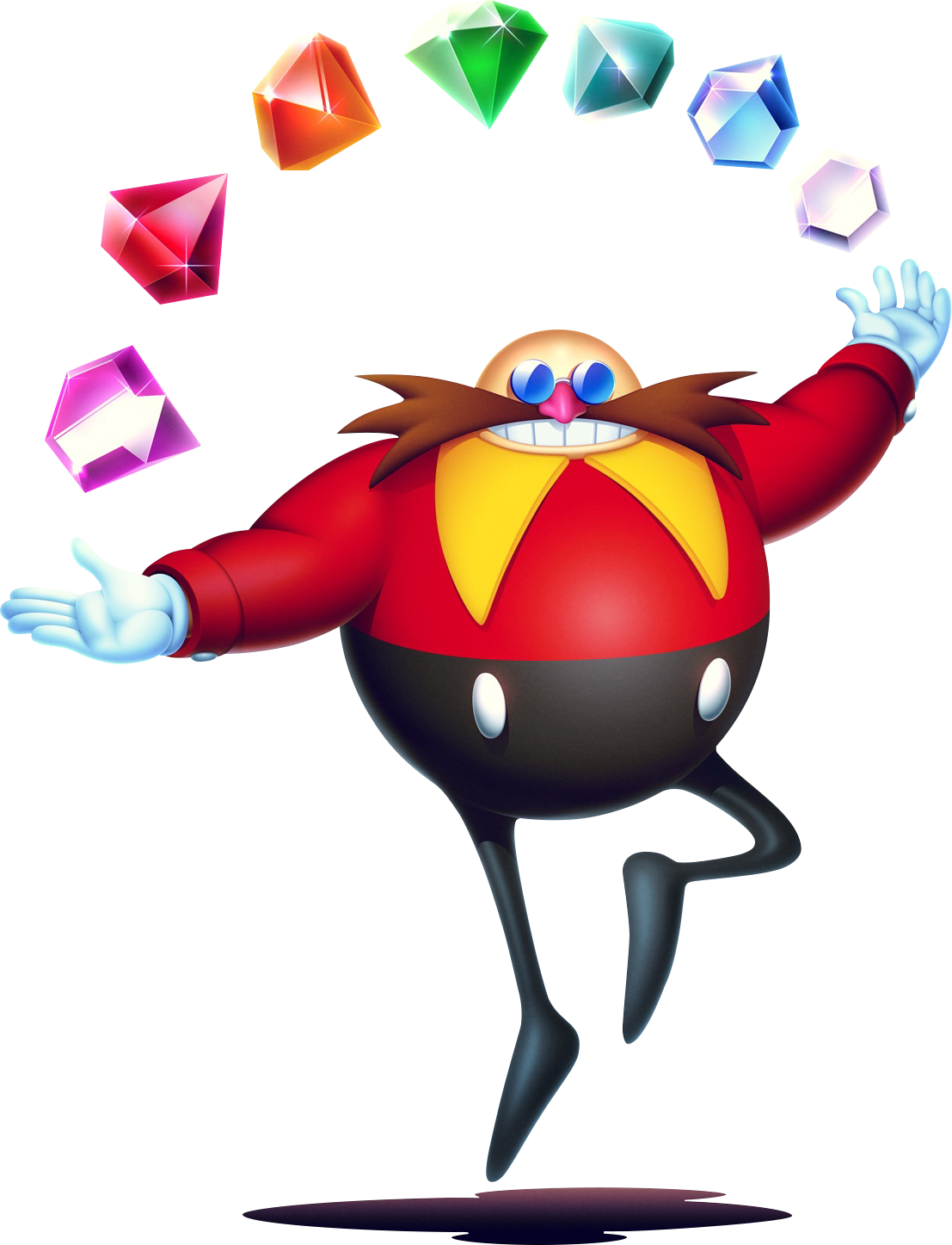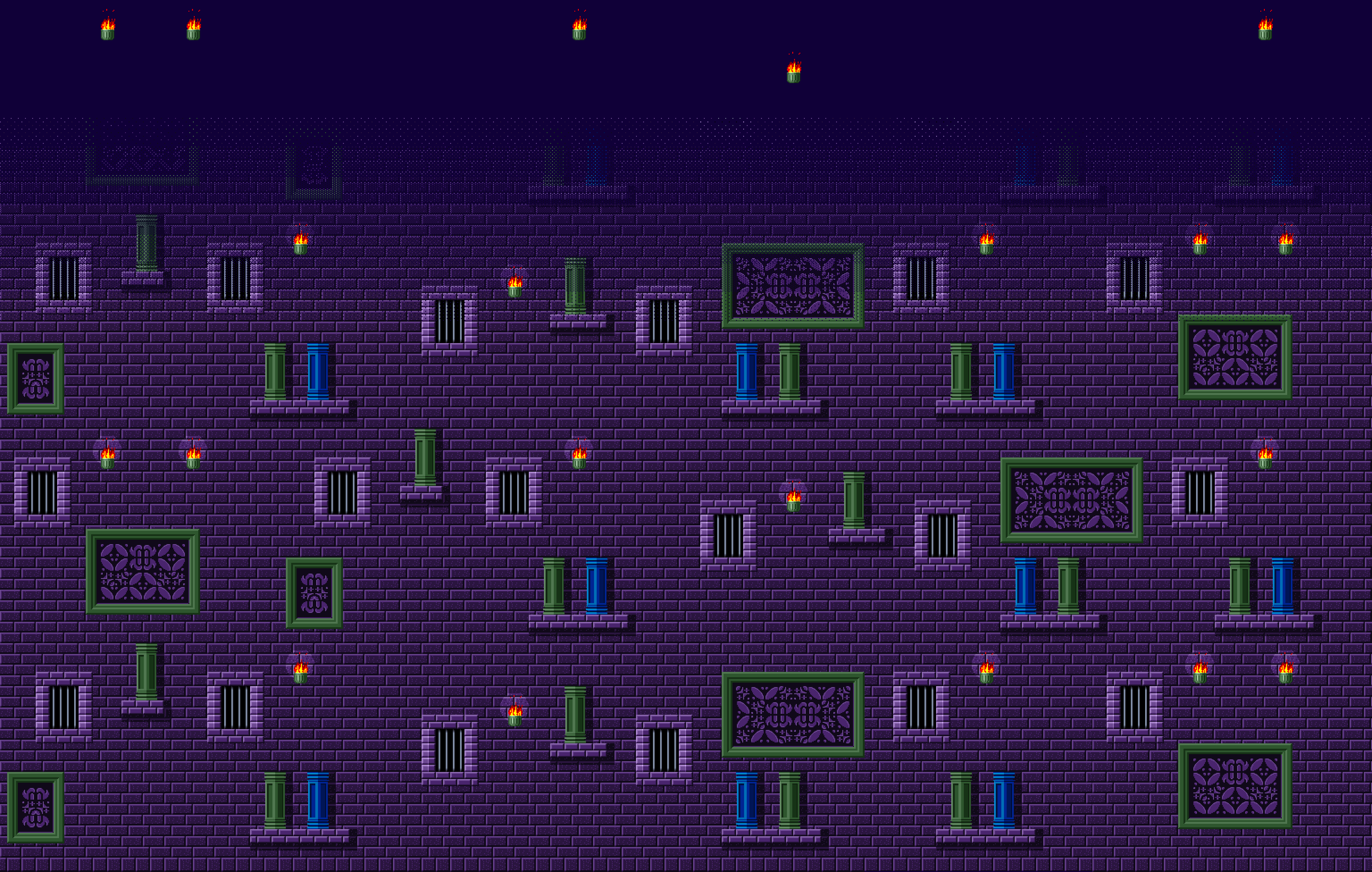General
Sonic Mania's references aren't exclusive to what you see in each individual zone, there's plenty to dig in to before you even have the chance to find your way to Green Hill. Let's get started, shall we?
Genesis inspiration
It's no secret that Mania takes plenty from the classic Sega Genesis/Mega Drive games, in everything from gameplay to visuals and beyond.
todo: list things like the physics, visuals, game design, etc. this is definitely not going to be short
Characters
Multiple playable characters have been a staple of the Sonic series as far back as Sonic 2, and Mania does not disappoint in this regard, having a total of five characters from the early days of the series, each with their own unique quirks and abilities. Let's get into them!
Sonic the Hedgehog

todo: make image smaller, have it to the left of this opening stuff instead of being separate. do this for the rest of the key art
What kind of celebration would this be if the blue blur himself didn't make a comeback? Of course, we all know where he comes from, but for the sake of covering all bases, let's run through the basics.
Sonic first appeared in the first Sonic game. Kind of. He actually had several appearances in various media during Sonic 1's development. He rather infamously had a cameo as a decorative ornament in the arcade racing title Rad Mobile, originally released in Japan in October 1990, nearly nine months before the release of Sonic 1 in June of the next year.
todo: add picture of sonic in rad mobile
His first proper appearance was, of course, in Sonic the Hedgehog, the Mega Drive's iconic system-seller. Here, Sonic simply runs from zone to zone on a quest to stop the evil Dr. Eggman. As much as I'd like to ramble about everything that made Sonic 1 such a hit, this unfortunately isn't the place for that. Even then, I don't really need to explain that, given how bloody massive Sonic as a franchise is these days.
todo: add a couple pictures from sonic 1
In terms of moveset, Sonic has the widest of any character, having access to all of the defining moves from Sonics 1, 2, CD, and 3K. Just not all at once, though, that would be too much to ask.
Starting with the most basic and iconic move in the Sonic series, the Spindash! By crouching and then pressing the jump button, Sonic will begin to rev up a Spindash, and pressing the button more will rev it up more, up to a cap. Upon releasing your crouch, Sonic will blast forward in a ball with a speed dependant on how much it was revved. This move was introduced in Sonic 2 as a way to let Sonic get to a high speed much faster than he could without. The Spindash, after its appearance in Sonic 2, became a franchise staple, appearing in almost every game in the entire series from that point on. In Mania, this move is shared across all the playable characters, and works the same way for all of them.
todo: add a demonstration video for the spindash in sonic 2 and mania
Coming up next is the iconic Drop Dash, which debuted in Mania, and serves as Sonic's air action. After jumping, if you press the jump button again and keep it held until you hit the ground, Sonic will blast off in whichever direction you're faced upon hitting the ground. Effectively, the Drop Dash is an on-the-fly Spindash, letting Sonic smoothly build up speed from a jump. It's almost hard to put into words how the Drop Dash works and feels, it's just sort of the kind of thing you have to play around with yourself. After appearing in Mania, the Drop Dash went on to become a staple of the series, appearing in Sonic Forces, Frontiers, and Superstars, as well as being retroactively added to the original quadrilogy through Sonic Origins.
todo: add demonstration video for the drop dash
Fun fact: A move very similar to the Drop Dash was originally planned for Sonic 3, but was ultimately scrapped. It was discovered in the 1993-11-03 prototype, where it could be performed by holding up and jumping, giving Sonic a boost like the Drop Dash upon hitting the ground. However, when questioned about this, Christain Whitehead confirmed that it was an "Uncanny coincidence 👽"
Uncanny coincidence 👽
— Christian Whitehead (@CFWhitehead) November 17, 2019
Moving on to Sonic's move from Sonic CD, the Super Peel-Out, working just like it did in CD. By holding up when at a standstill and holding the jump button, Sonic will charge a Peel-Out. When up is released, Sonic will blast forward with speed dependant on how long the jump button was held, up to a cap. (Hey, I'm starting to notice a bit of a trend here...) Unlike the Spindash, though, the Peel-Out is much faster, at the cost of Sonic not entering ball form, leaving him more vulnerable to damage during a Peel-Out than a Spindash. When the Peel-Out is selected, it will also replace Sonic's high speed running animation to resemble that of Sonic CD's. This is the first move that has to be unlocked, being unlocked by collecting one medallion (more on those later). In the file select screen, the player can choose what move to have equipped on Sonic, being given the choice of the Drop Dash, Peel-Out, or Insta-Shield, the latter two having to be unlocked beforehand.
todo: add demonstration videos, you know the drill. also include a comparison of the high speed animation
Finally, the W Spin Attack, better known as the Insta-Shield, from Sonic 3, being the most simple move out of all of them. After jumping, as long as the player has no other shields active, they can press the jump button again for a brief attack that extends Sonic's hitbox and makes him temporarily invincible. This move is unlocked when the player collects six medallions, and is equipped the same way the Peel-Out is. That's really all there is to it.
todo: add comparison videos
todo: add the rest of the information about sonic
Miles "Tails" Prower

Knuckles the Echidna

Mighty the Armadillo

Ray the Flying Squirrel

Dr. Eggman



